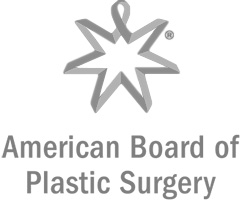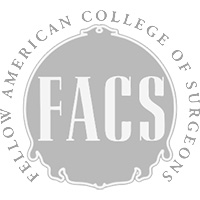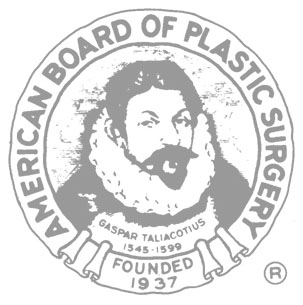ABDOMINAL HERNIA REPAIR
– NEWPORT BEACH, CA –One of the most common medical conditions associated with pregnancy and obesity is abdominal hernias, especially umbilical, para-umbilical , and ventral hernias. An abdominal hernia is defined as a defect in the abdominal wall muscle that results in extrusion of bowel through the defect. This defect is gradually caused overtime as a result of the increased intra-abdominal pressure due to pregnancy or obesity. Initially the bowel can move in and out of the abdominal defect but with time, the bowel can become stuck and result in severe abdominal pain and bowel obstruction. In additional gastric bypass surgery can also result in incisional hernias. These are abdominal hernias that are a result of a surgical incisions from open gastric bypass surgery or laparoscopic surgery.
These hernias can be very hard to treat when you’re struggling with obesity, and can cause a lot of pain in the abdomen. They may also put you at risk for infection, produce obstructions in the intestines, and in some cases can cause dangerous complications.






Causes of Abdominal Hernias in Weight Loss Patients
In weight loss patients, abdominal hernias may be the result of:
- Increased intra-abdominal Pressure – Those that are struggling with obesity naturally have a great deal of pressure pushing against their abdomen at all times. The smallest weakness can be pushed open from intra-abdominal pressure alone, causing the bowel to be pushed through the abdominal wall. Obesity is one of the leading causes of abdominal hernias.
- Post-Bariatric Surgery – Abdominal hernias occur because of a weakness in the abdomen. That is why some hernias are more common than others, such as the umbilical hernia and the para-umbilical hernia, which occur near the belly button (a naturally weaker area of the body). But some hernias can be man-made, such as incisional hernias which occur at the sites of former surgeries. Post-bariatric patients are especially at risk, since the weight loss surgeries often cause weaknesses in the abdominal wall.
It’s Not Uncommon to Ignore Hernias
Obesity can result in abdominal hernias that are not easy to repair. Most surgeons will not be able to fix a larger ventral or incisional abdominal hernias until the patient has lost significant weight and the intra-abdominal pressure (which is the cause of the hernia) is reduced. While waiting to lose weight, the abdominal hernias can progressively become larger and occasionally more complicated. They can even result in bowel obstruction which will may need emergent surgery. The best time to repair an abdominal hernia is after significant weight loss. Not only weight loss reduces the cause of the hernia, but also the abdominal muscles can now be brought together to close the hernia opening.
Fixing the Hernia and Flattening the Abdomen
For those that have been considering a tummy tuck, abdominal hernia repair, or both, you may be interested to know that these two can be performed together, with abdominal hernia repair completed at the same time as a tummy tuck (abdominoplasty) or lower body lift.
If you have an abdominal hernia, Dr. Agha will take appropriate steps during your initial consultation to identify the cause of the hernia, the type of the hernia, and severity of the hernia. You may be sent for an abdominal CT scan to visualize the location of the hernia, the size of the hernia, and the degree of the abdominal wall defect. Based on these finding, Dr. Agha will plan repair of the abdominal hernia with or without a mesh at the time of the tummy tuck surgery. Through a tummy tuck incision, Dr. Agha will dissect the abdominal tissue off of the abdominal muscle and locate the abdominal muscle defect that represents the hernia. The hernia scar is then excised and the muscle defect repaired using multiple sutures. Depending on the severity of the defect, Dr. Agha may elect to reinforce the repair with a biological or synthetic mesh. Unlike a general surgeon who would approach a hernia through an overlying visible incision, Dr. Agha will aim to repair your hernia through a well hidden low-cut tummy tuck incision.
